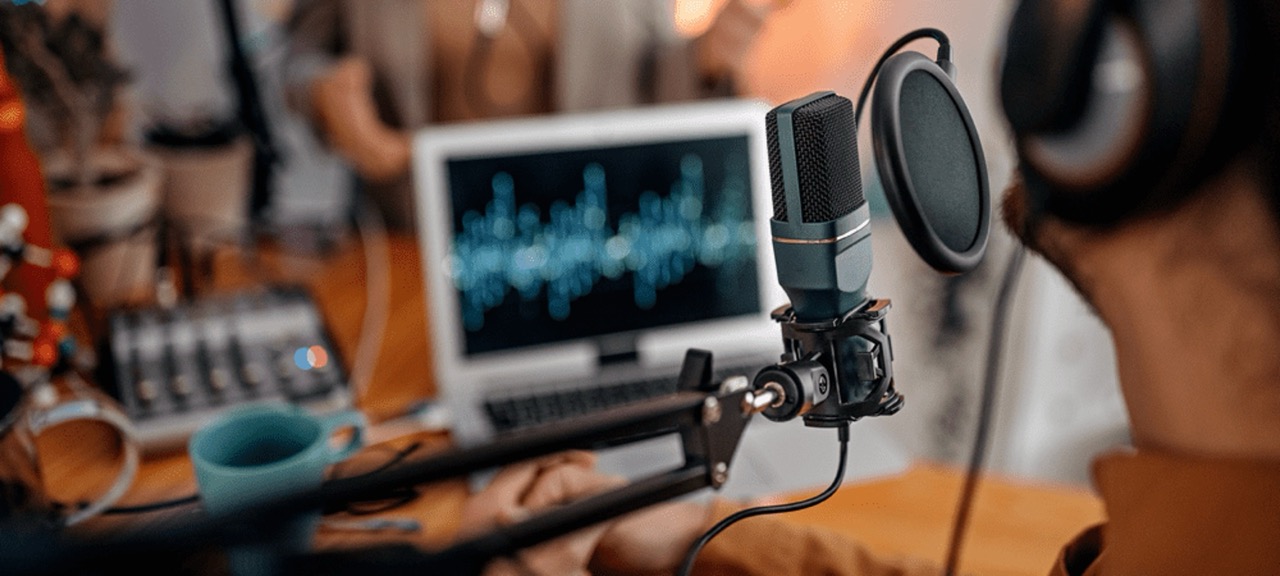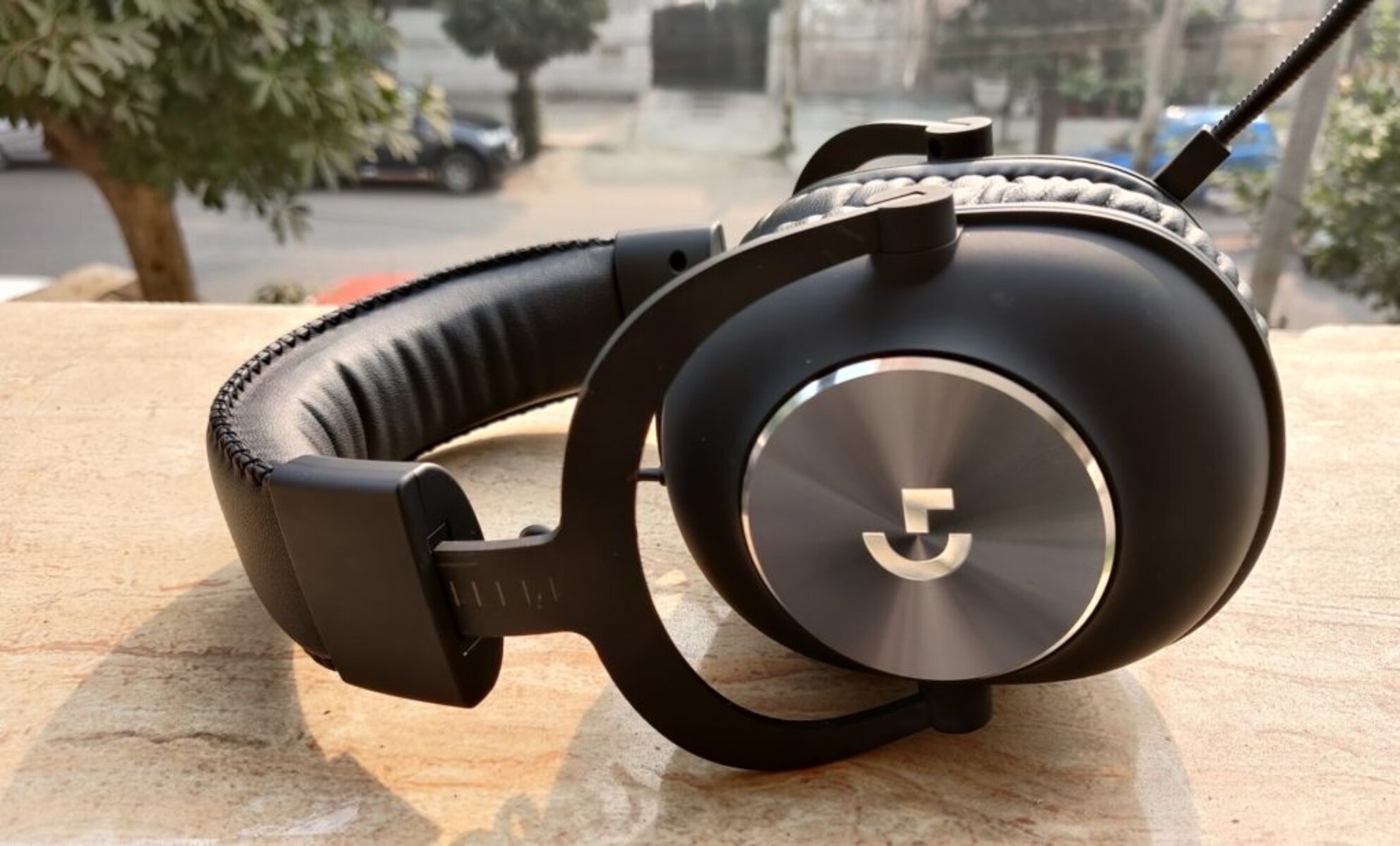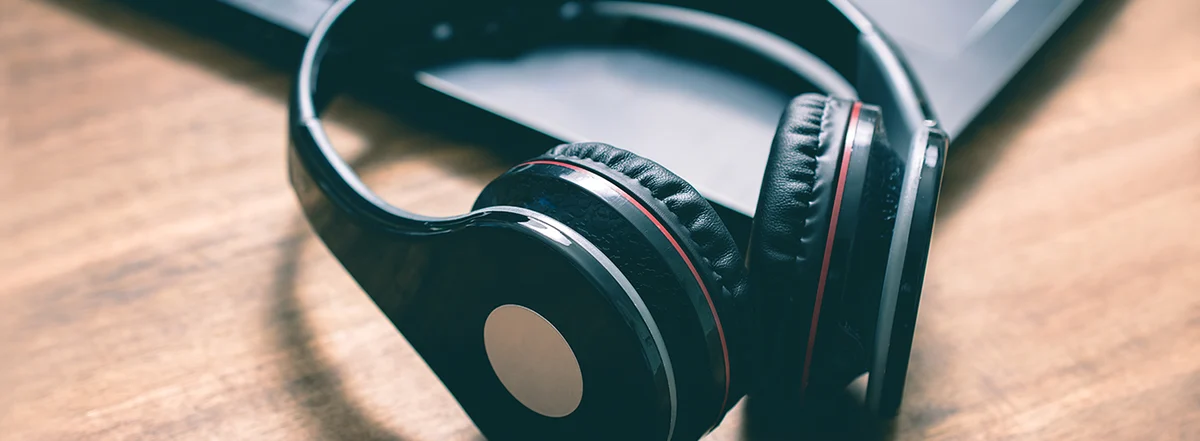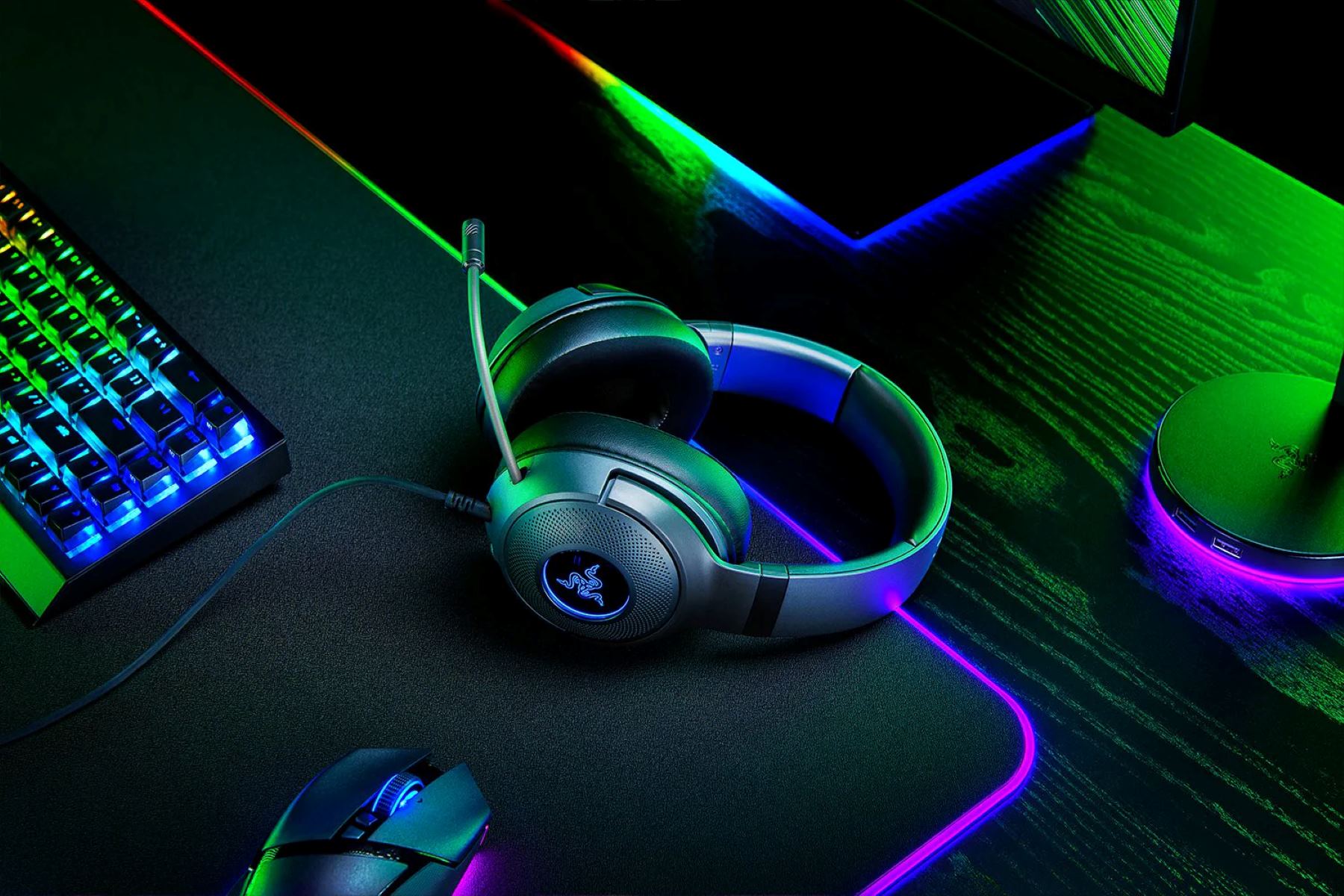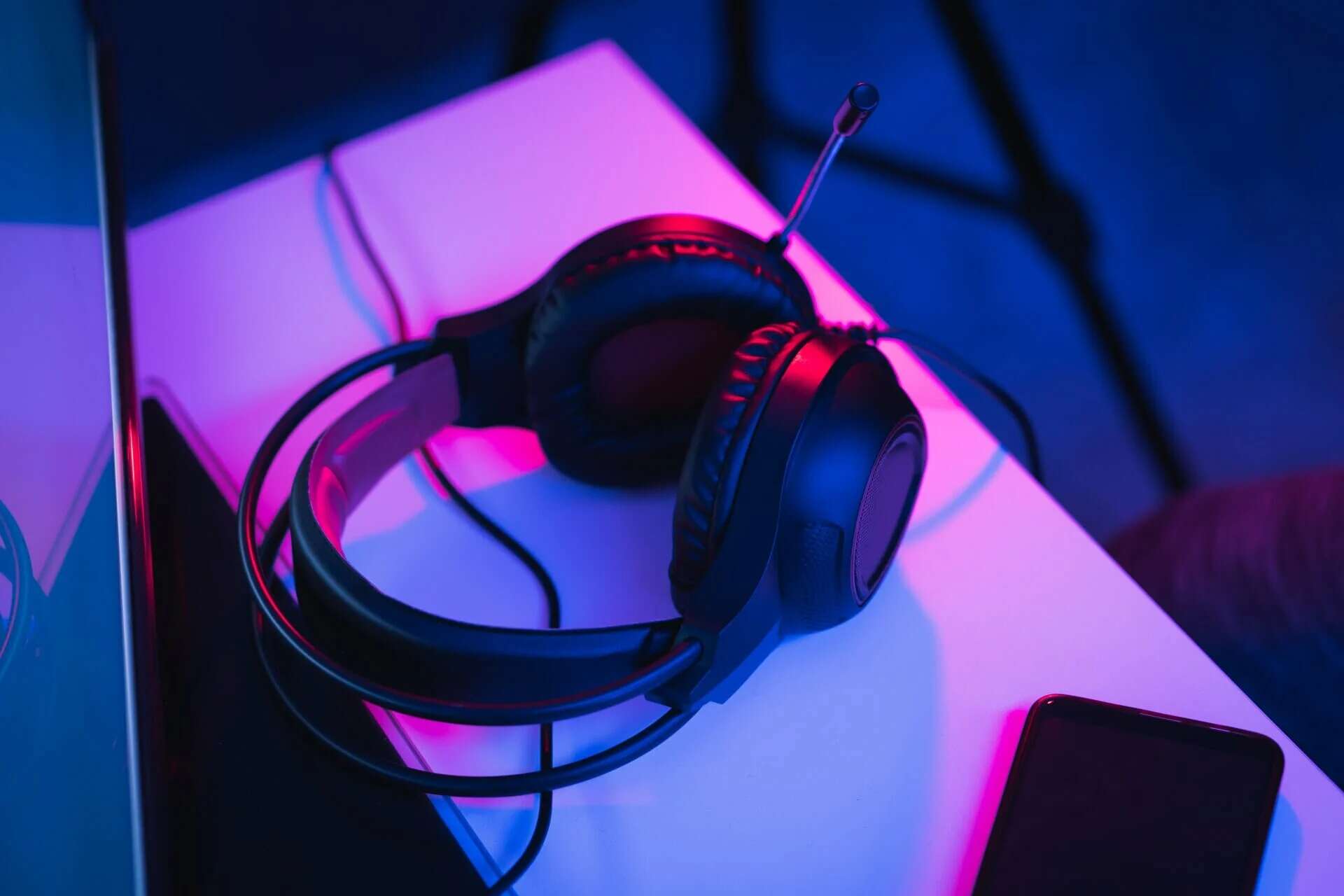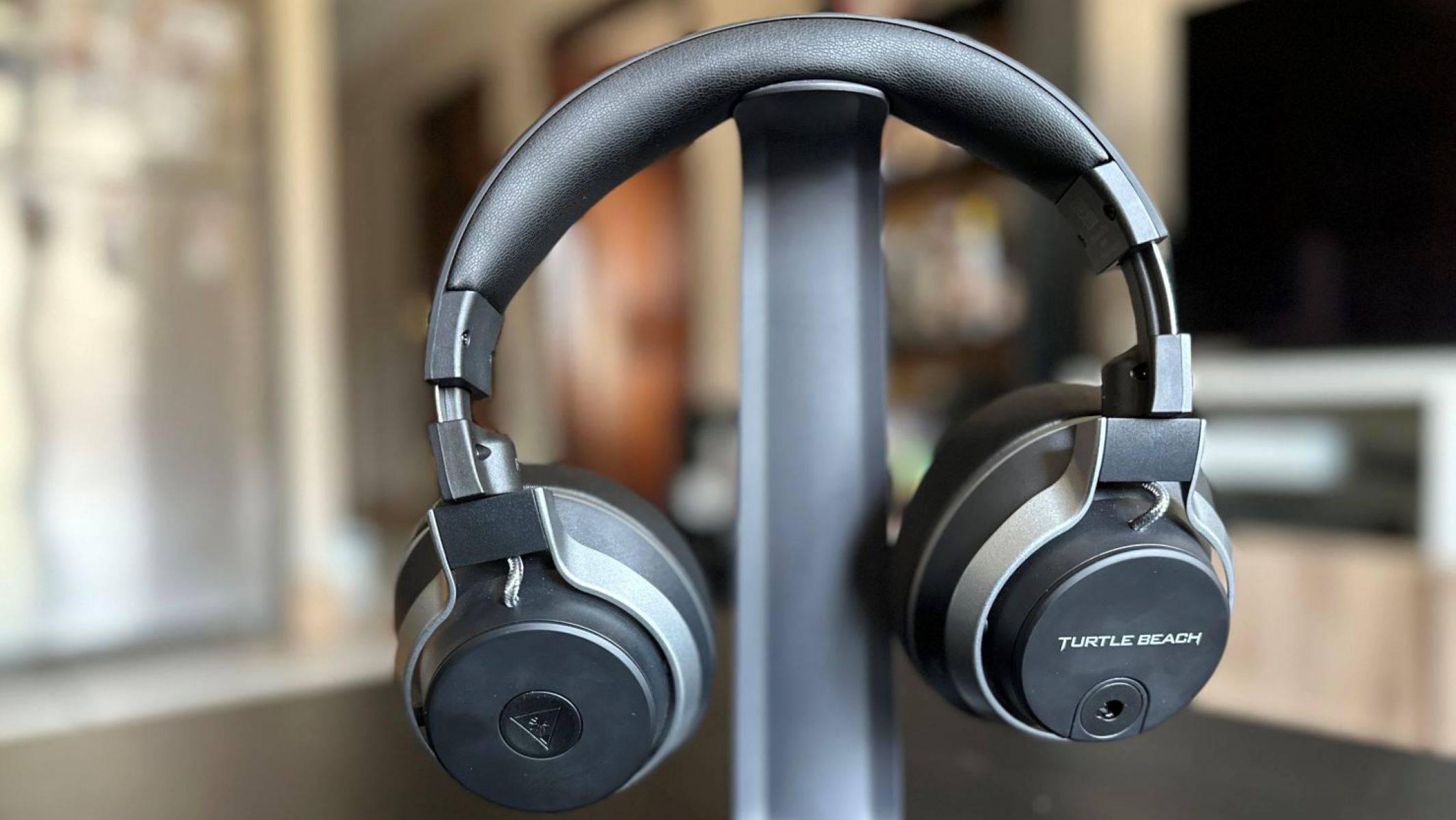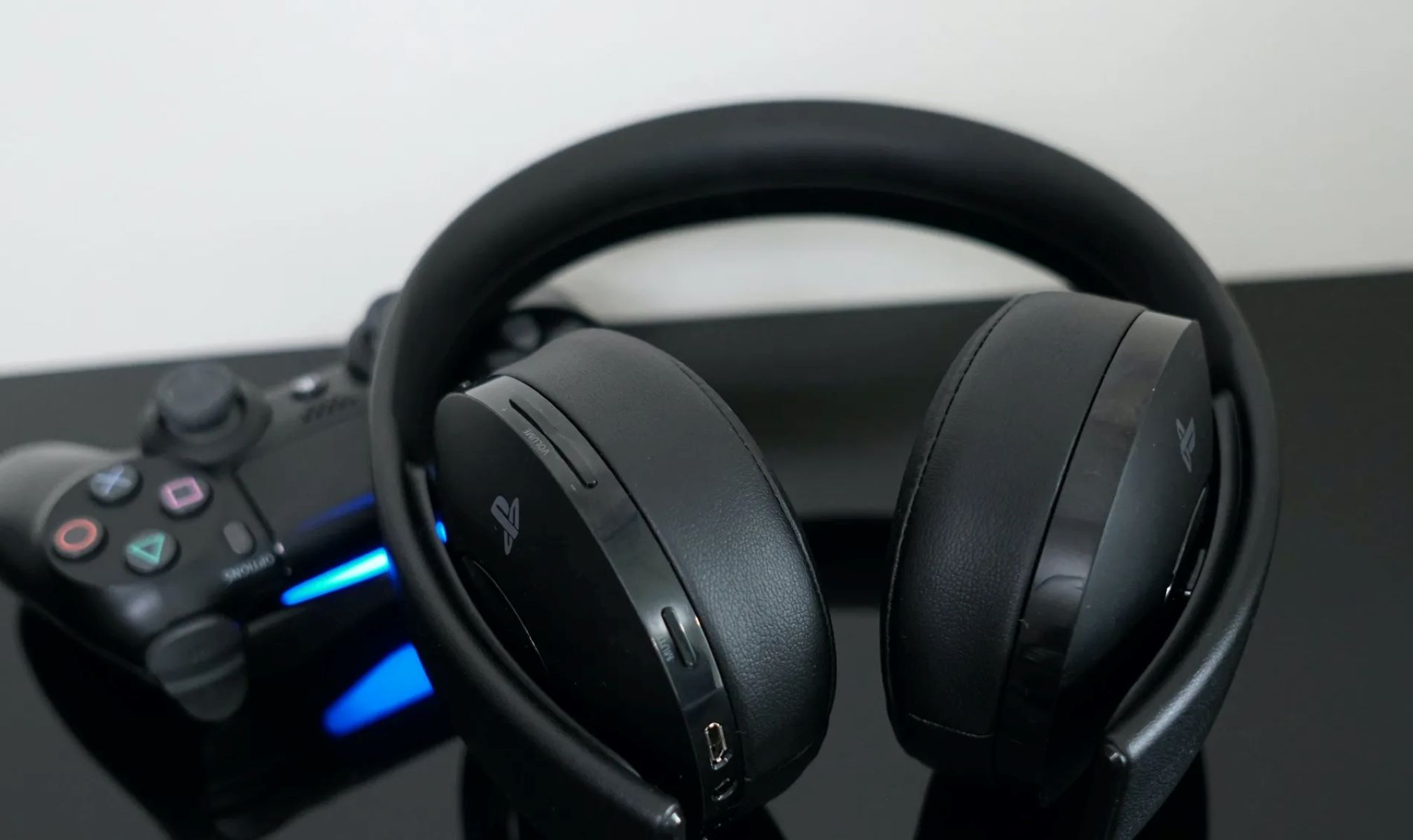Introduction
A headset microphone is an essential tool for communication, gaming, virtual meetings, and content creation. Whether you're a professional or a casual user, ensuring that your headset microphone is in optimal working condition is crucial for clear and effective communication. Testing your headset microphone regularly can help you identify and address any issues, ensuring that you can rely on it when you need it most.
In this article, we'll delve into the importance of testing your headset microphone, providing you with valuable insights into the significance of this simple yet vital practice. Additionally, we'll explore the step-by-step process of testing your headset microphone, equipping you with the knowledge to ensure its functionality. Furthermore, we'll address common issues that may arise during testing and provide troubleshooting tips to help you resolve these issues effectively.
By the end of this article, you'll have a comprehensive understanding of why testing your headset microphone is crucial, how to conduct the testing process, and how to troubleshoot common problems. Whether you're using your headset microphone for professional calls, gaming with friends, or recording content, this knowledge will empower you to optimize your headset microphone's performance and ensure seamless communication and audio quality.
Let's dive into the world of headset microphone testing and equip ourselves with the knowledge and skills to make the most of this indispensable gadget.
Importance of Testing Your Headset Microphone
Ensuring the functionality of your headset microphone is more than just a routine task; it is a fundamental aspect of maintaining effective communication and audio quality in various scenarios. Whether you use your headset microphone for professional meetings, online gaming, content creation, or casual conversations, the importance of testing it regularly cannot be overstated. Here's why testing your headset microphone is crucial:
-
Clarity and Precision: A properly functioning headset microphone delivers clear and precise audio, allowing you to communicate effectively without any distortion or interference. Regular testing helps you identify any issues with the microphone's sensitivity, ensuring that your voice is accurately captured and transmitted to the intended recipients.
-
Professional Image: In professional settings, such as virtual meetings, job interviews, or client calls, a malfunctioning headset microphone can undermine your professional image. Testing your microphone beforehand allows you to project confidence and competence by ensuring that your voice is heard clearly, without any disruptions or technical hitches.
-
Gaming and Virtual Communication: For gamers and individuals engaging in virtual communication platforms, a reliable headset microphone is essential for coordinating strategies, socializing with fellow players, and participating in online events. Testing your headset microphone before gaming sessions or virtual gatherings helps prevent communication breakdowns and ensures an immersive and seamless experience.
-
Content Creation: Content creators, podcasters, and streamers rely heavily on their headset microphones to deliver high-quality audio content. Regular testing not only ensures the technical reliability of the microphone but also contributes to the overall production quality, allowing creators to maintain professional standards and audience engagement.
-
Preventing Technical Glitches: By proactively testing your headset microphone, you can identify and address potential technical glitches before they impact crucial moments, such as important calls, gaming competitions, or live streaming events. This proactive approach minimizes the risk of unexpected malfunctions and allows you to address any issues in advance.
In essence, testing your headset microphone is a proactive and practical measure that directly contributes to the quality of your communication and audio experiences. By recognizing the significance of regular testing, you can preemptively address any potential issues, maintain a professional image, and ensure seamless communication across various contexts. Now that we understand the importance of testing, let's explore how to effectively conduct this essential practice.
How to Test Your Headset Microphone
Testing your headset microphone is a straightforward yet crucial process that ensures its functionality and performance. By following a few simple steps, you can effectively evaluate the microphone's audio quality, sensitivity, and overall reliability. Here's a comprehensive guide on how to test your headset microphone:
-
Selecting the Testing Environment: Choose a quiet and controlled environment for the microphone test. Minimizing background noise and distractions allows you to focus on the microphone's performance without interference.
-
Adjusting Microphone Settings: Access your device's sound settings and locate the microphone input options. Ensure that the correct microphone is selected and adjust the input volume to an appropriate level. This step ensures that the microphone is actively recognized and properly configured for testing.
-
Recording Test: Utilize the recording feature on your device to capture audio using the headset microphone. Speak clearly and at varying volumes to assess the microphone's ability to capture different vocal tones. Record a short passage and playback the recording to evaluate the clarity, volume, and overall sound quality.
-
Testing Communication Platforms: If you frequently use specific communication platforms such as voice chat applications, video conferencing software, or online gaming platforms, conduct test calls or join test servers to gauge the microphone's performance in real-time scenarios. Engage in brief conversations or audio interactions to assess the microphone's functionality within these platforms.
-
Testing in Different Devices: If applicable, test the headset microphone across multiple devices, such as computers, gaming consoles, or mobile devices. This step helps identify any compatibility issues and ensures that the microphone functions consistently across different platforms.
-
Evaluating Feedback and Adjustments: Pay attention to feedback from others when testing the microphone in communication scenarios. Ask for input regarding the audio quality, clarity, and any potential issues. Based on the feedback received, make necessary adjustments to the microphone settings or positioning to optimize its performance.
-
Documentation and Comparison: Keep a record of your testing results, including any issues encountered and the solutions implemented. Periodically compare new test results with previous ones to monitor any changes in the microphone's performance over time.
By following these steps, you can systematically evaluate your headset microphone's functionality and address any potential issues that may arise. Regular testing not only ensures the reliability of the microphone but also allows you to make informed adjustments to optimize its performance for various applications and environments.
Troubleshooting Common Issues
When testing your headset microphone, you may encounter common issues that can impact its performance and audio quality. Identifying and addressing these issues is essential to ensure that your microphone functions optimally in various scenarios. Here are some common issues you may encounter during testing and effective troubleshooting tips to resolve them:
-
Low Volume or Muffled Sound: If your recordings or communications result in low volume or muffled sound, it may indicate a microphone input or sensitivity issue. To troubleshoot this:
- Check the microphone input volume in your device settings and increase it to an appropriate level.
- Ensure that the microphone is positioned correctly and is not obstructed by any objects or clothing, which can muffle the sound.
-
Background Noise and Distortion: Excessive background noise or distortion can detract from the clarity of your audio. To address this issue:
- Adjust the microphone's noise cancellation settings if available, to minimize background noise.
- Consider using a pop filter or windscreen to reduce unwanted noise and distortion caused by air movement or plosive sounds.
-
Intermittent or Inconsistent Performance: If the microphone's performance fluctuates or cuts out intermittently, consider the following troubleshooting steps:
- Check the physical connection of the microphone to ensure it is securely plugged in and free from any loose connections.
- Inspect the microphone cable for any signs of damage or wear that may be causing intermittent connectivity issues.
-
Compatibility and Driver Issues: When using the microphone across different devices, compatibility and driver issues may arise. To troubleshoot:
- Update the device's audio drivers to ensure compatibility with the headset microphone.
- Verify that the microphone is compatible with the specific device or platform you are using, especially when encountering issues on gaming consoles or mobile devices.
-
Echo or Feedback: Echo or feedback during recordings or calls can be disruptive. To mitigate this issue:
- Adjust the microphone's positioning and distance from speakers to minimize feedback loops.
- Experiment with different microphone settings to find the optimal configuration that reduces echo and feedback.
-
Microphone Not Detected: If your device fails to recognize the microphone, consider the following troubleshooting steps:
- Ensure that the microphone is firmly connected to the correct audio input port on your device.
- Check the device's sound settings to verify that the correct microphone input is selected and active.
By addressing these common issues through systematic troubleshooting, you can enhance the performance and reliability of your headset microphone. Regularly testing and troubleshooting your microphone ensures that it consistently delivers clear and high-quality audio, contributing to seamless communication and enhanced user experiences.
Conclusion
In conclusion, the significance of testing your headset microphone cannot be overstated. By understanding the importance of regular testing, individuals can proactively ensure the functionality and reliability of their headset microphones across various applications and environments. Whether used for professional communication, gaming, content creation, or casual conversations, a well-maintained and properly functioning headset microphone is essential for clear and effective audio transmission.
By following the step-by-step guide on how to test a headset microphone, users can systematically evaluate the microphone's performance, identify potential issues, and make informed adjustments to optimize its functionality. The process of testing not only contributes to the individual's professional image and communication quality but also helps prevent unexpected technical glitches during critical moments.
Furthermore, the troubleshooting tips provided offer practical solutions to common microphone issues, empowering users to address and resolve potential challenges that may arise during testing. By proactively troubleshooting and addressing these issues, individuals can maintain the optimal performance of their headset microphones, ensuring clear audio transmission and minimizing disruptions.
It is important to emphasize that regular testing and troubleshooting should be integrated into the routine maintenance of headset microphones. By documenting testing results and periodically comparing them, users can monitor the microphone's performance over time and address any changes or issues promptly.
In essence, the practice of testing and troubleshooting headset microphones is a proactive and practical approach that directly contributes to the quality of communication and audio experiences. By recognizing the significance of regular testing, individuals can preemptively address potential issues, maintain a professional image, and ensure seamless communication across various contexts.
Therefore, by incorporating regular testing and troubleshooting into their headset microphone maintenance routine, users can optimize the functionality and reliability of their microphones, ultimately enhancing their overall communication and audio experiences.







